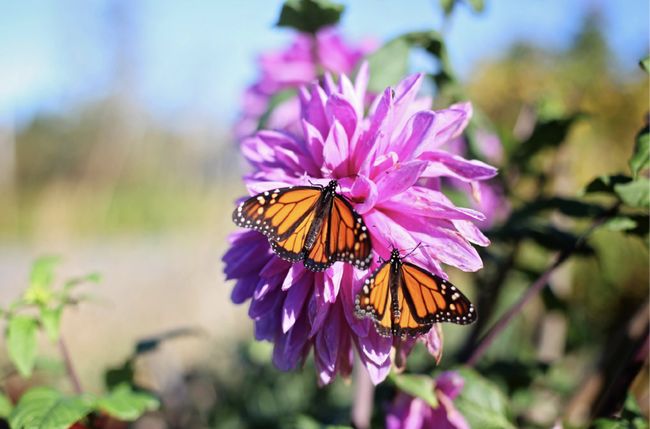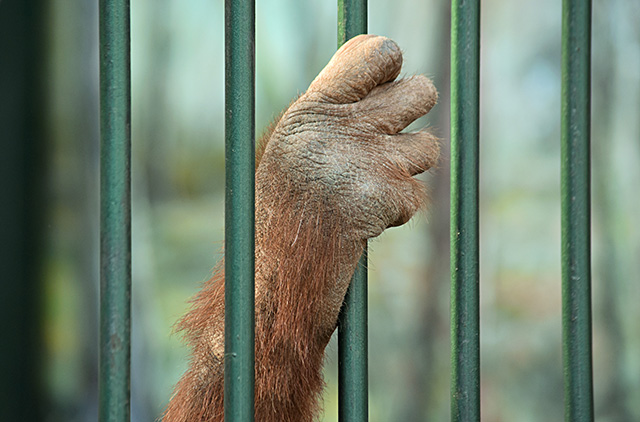Make Your Garden a Monarch Butterfly Haven and Help Restore Their Population
Make Your Garden a Monarch Butterfly Haven and Help Restore Their Population

The monarch butterfly is one of the most renowned insects in North America. Merely their appearance adds a magical addition to our surroundings, but they are becoming less common due to various human activities damaging their habitats. These unique insects have more value than just beauty; they play an important role in keeping the ecosystem healthy by pollinating wildflowers.
The decline in their population will harm the quality of life for other living things, including humans. Adding a few more steps to your backyard care can help restore the monarch butterfly population and strengthen the environment’s health.
The Monarch Butterfly

The Monarch Butterfly
About Monarch Butterflies
Monarch butterflies are perhaps the most recognizable butterfly due to their unique orange, black and white wings. How this feature deters their predators from eating them is explained below.
Protecting monarch butterflies not only benefits them but also improves human society. Butterflies play a vital role in keeping crops and flowers healthy. Pollination is the process of fertilizing flowers so that the plant can produce fruit and seeds for reproduction. Butterflies and other pollinators ensure that the ecosystem maintains a balance of biodiversity, which improves the quality of life for animals and humans.
Migration
During the cold seasons in North America, monarch butterflies travel 3,000 miles to Mexico where they rest in a dormant-like state throughout the winter. The forests in Mexico are vital for the survival of monarch butterflies, but they are being cut down due to the trees’ high economic value.
According to the Center for Biological Diversity, the monarch butterfly population decreased by approximately 90% within the past two decades. Destructive human activity, like deforestation, leads to a decrease in the butterfly population. But there are simple steps we can each take to help.
Add These Elements to Your Garden to Attract Monarch Butterflies

Add These Elements to Your Garden to Attract Monarch Butterflies
Attracting monarch butterflies to your backyard has benefits both for them and for people! Monarch butterflies pollinate flowers, enriching the colors in your garden, as well as the health of the ecosystem. Dedicating some of your time to creating a safe space for butterflies to live can make a significant difference in the environment. You can bring life to your backyard and enhance biodiversity by creating a haven for the beloved monarch butterfly.
The Milkweed Connection
Milkweed is a common, hardy plant that is the main food source of monarch butterflies. Consuming this plant makes monarch butterflies poisonous to other animals, a process vital to their survival. A chemical in the butterfly’s body makes them immune to the poison in milkweed, protecting them from predators such as spiders, wasps, and ants. Their unique patterns and colorations signal to predators that they are toxic to eat. Other butterflies have even evolved to mimic the wings of a monarch and mislead their predators.
Nectar-Rich Plants
Planting flowers rich in nectar such as honeysuckle, lilacs, cosmos, and butterfly weed, will attract monarch butterflies because they feed on nectar. Nectar provides butterflies with proteins that fuel them to fly, pollinate and reproduce. Planting these in the springtime gives the butterflies safe landing areas in their summer residencies.
Coverage / Shelter
Monarch butterflies weigh just under a gram. They are delicate creatures and need open land with coverage to stay safe during storms and intense winds. Creating a garden/backyard with plenty of covered areas will give these insects an escape from dangerous weather.
Avoid Chemicals
While pesticides protect your plants, going out of your way to check that they are not chemical- based can prevent harming monarch butterflies and other critters. Chemicals from pesticides seep into food and water sources, poisoning the insects. You can avoid this by using pesticides with natural ingredients or pesticide alternatives like oils and salt sprays.
for News and Updates!



